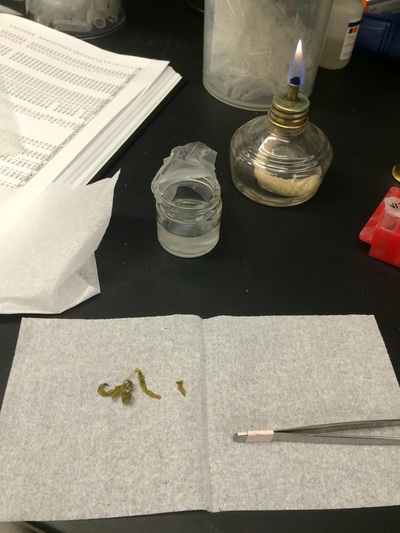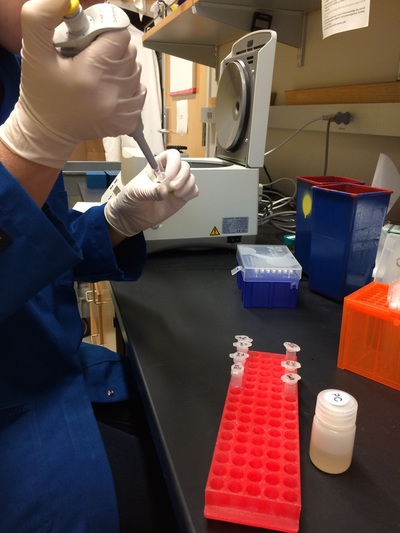2bRAD Method- Genetic diversity |
Harvesting the Vader Grass:Seagrasses are important primary producers in many marine ecosystems, and support a wide diversity of marine life.
Despite intrinsic benefits, an invasive seagrass, such as Halophila stipulacea can have negative impacts on an ecosystem, by displacing native seagrasses, decreasing biodiversity and changing the community composition of the reef. The invasive seagrass, Halophila stipulacea, is endemic to the Red Sea, Persian Gulf and Indian Ocean. Presumably the opening of the Suez Canal facilitated the range expansion of H. stipulacea to the Mediterranean Sea and has recently documented in the Caribbean Sea, all putatively via boat traffic. It is hypothesized that various introductions can be independent, admixture, or serial introductions. We investigated differences in genetic variation among the putative native and introduced populations, and try to determine geographic origins of the Mediterranean and Caribbean populations. Using a 2bRAD sequencing technique, we can figure out the source population and genotypic similarities between native and invasive populations. |






